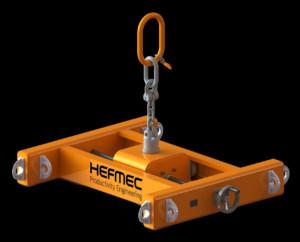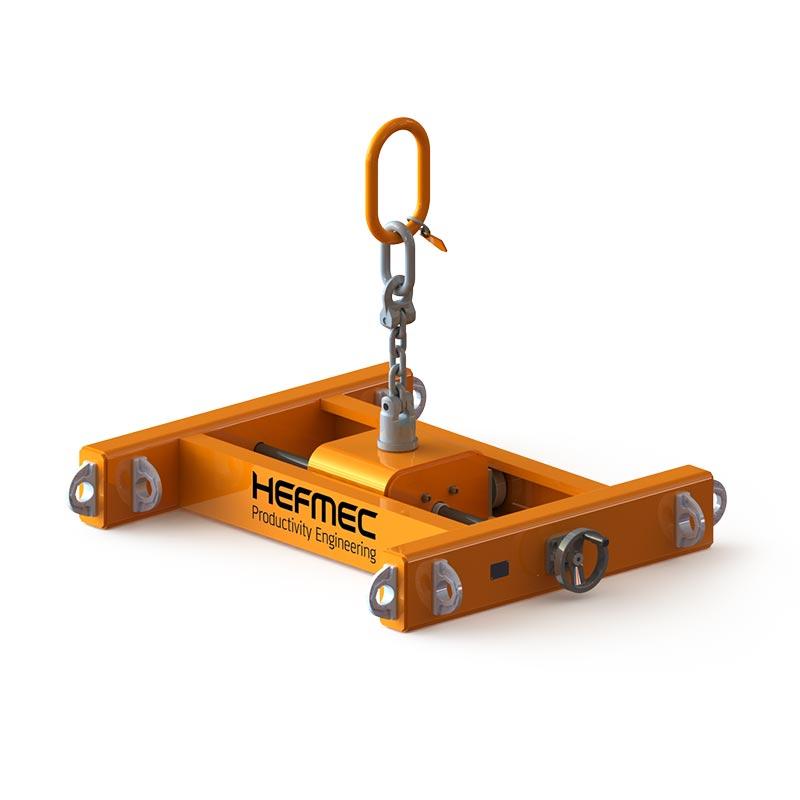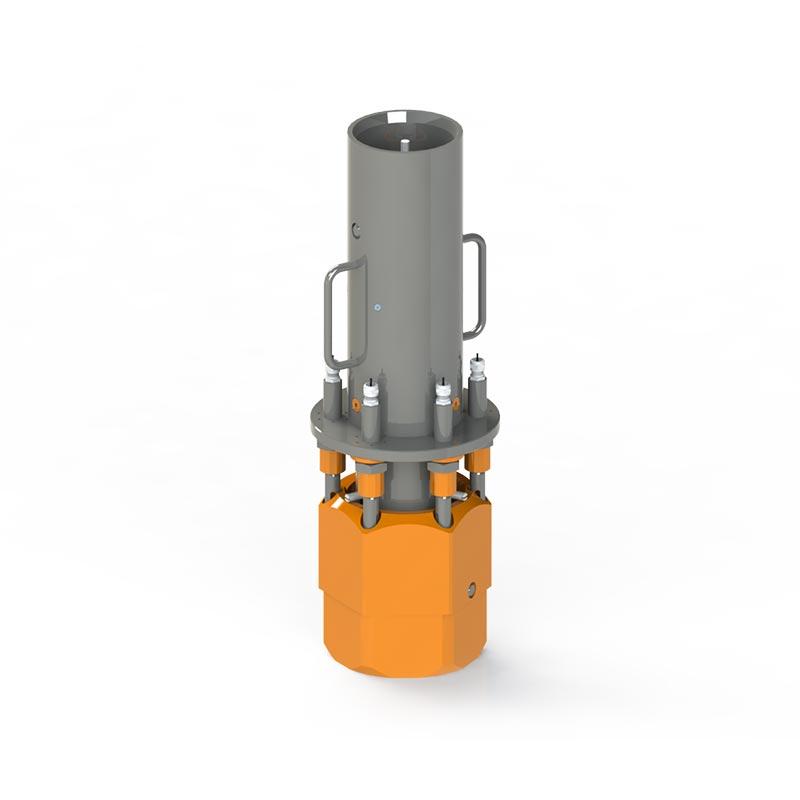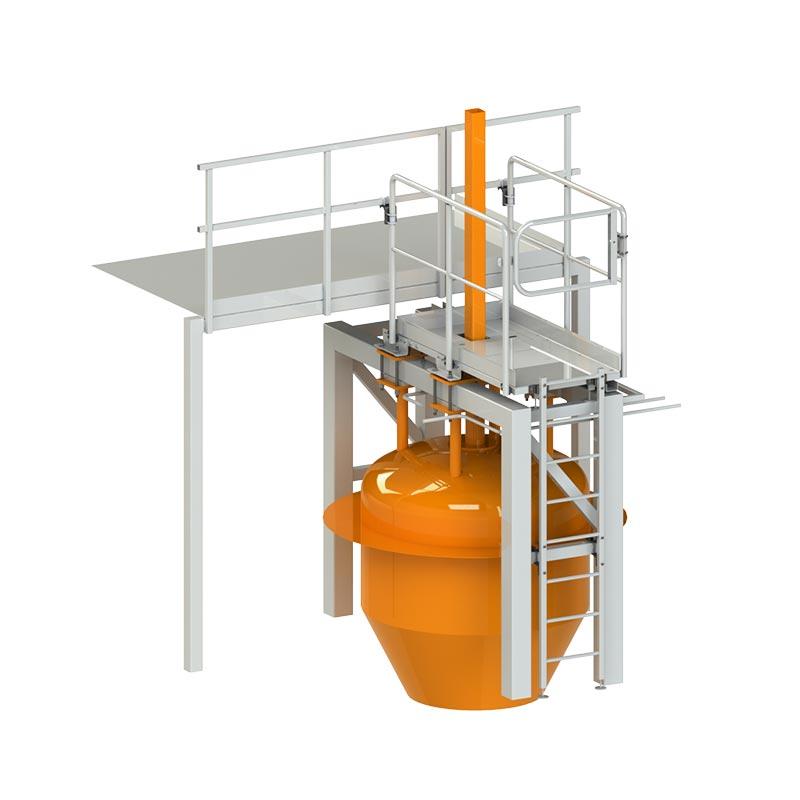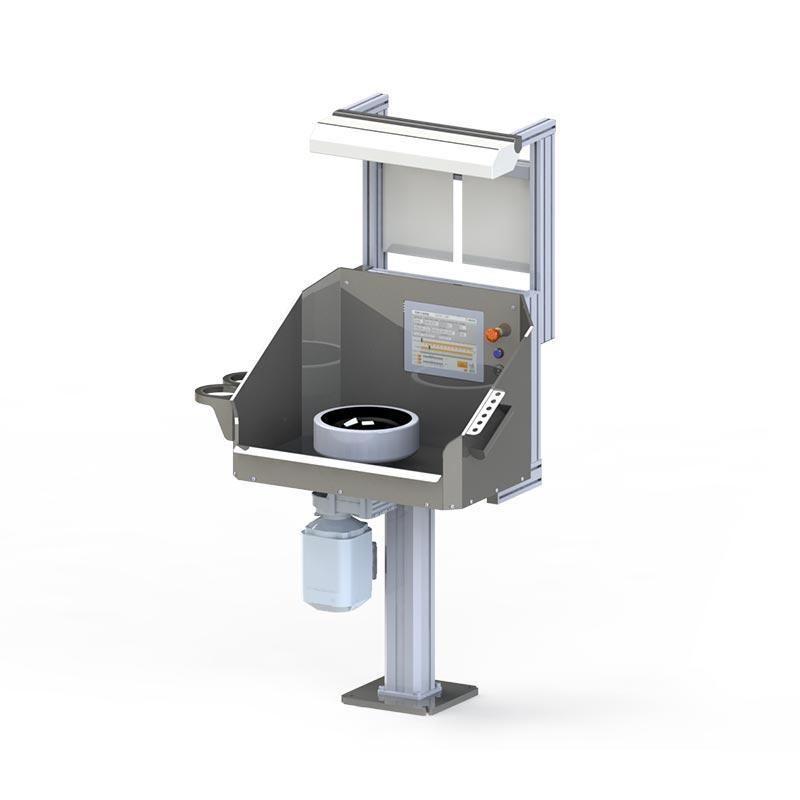The basic principles of strength calculation are important factors in ensuring the durability and safety of structures and materials. These basic principles include understanding the properties of materials, mastering common calculation methods, and designing and optimising structures. These principles will help you ensure that structures can withstand the loads placed on them and perform as designed.
Definition and meaning of strength of field calculation
Strength calculus is a branch of mechanics that focuses on analysing the strength of structures and materials. It allows you to assess how well structures can withstand different loads, such as weight, temperature changes and other external forces. Strength calculations help you anticipate potential damage and design structures to safely withstand operating conditions.
The importance of strength calculations is particularly highlighted in industry, where the safety and durability of structures and machinery are of paramount importance. For example, lifting equipment requires accurate strength calculations to withstand the loads placed on it and to meet safety requirements.
Without strength calculations, the design of structures would be based on guesswork, which could lead to serious safety risks. Therefore, strength calculation is an important part of engineering and structural design.
The strength of field calculation also has economic implications. When you know exactly how much load a structure can withstand, you can optimise material use and avoid oversizing. This saves costs and makes the product more competitive.
The most common calculation methods
Several different methods are used for strength calculations, the most common being analytical methods, numerical methods and experimental methods. Analytical methods are based on mathematical formulae and theories that allow you to calculate stresses and deformations in structures.
Analytical methods are best suited to simple structures with a regular geometry. For example, the bending of straight beams or the torsion of round bars can be accurately calculated by analytical methods. These methods give fast and accurate results when the structure is simple enough.
Numerical methods, such as the finite element method (FEM), are particularly useful for analysing complex structures. In the FEM method, the structure is divided into small parts whose behaviour is analysed separately. This allows a more accurate and detailed analysis than traditional analytical methods.
The FEM method is well suited for irregular shapes and complex loading situations. For example, you can model the effect of weld seams or stress concentrations caused by holes. This makes FEM an indispensable tool in modern design work.
Experimental methods, on the other hand, are based on physical tests and measurements. These methods are often used to verify the results of computational methods and to assess the actual behaviour of structures under practical conditions.
Experimental methods provide a reliable picture of how the structure actually behaves. For example, fatigue tests reveal how many load cycles a structure can withstand before fracture. This information is particularly important for components subjected to repeated loading.
Properties of materials
Understanding the properties of materials is an important part of strength calculations. Different materials behave differently under load and their properties, such as strength, stiffness and ductility, directly affect the durability of structures. For example, steel is a very strong and rigid material, while aluminium is lighter but less strong.
The properties of materials can be measured by various tests, such as tensile tests, compression tests and impact tests. These tests provide information on the behaviour of materials under different loading conditions, which is important for strength calculations.
Tensile testing is the most common test for determining the strength properties of materials. In this test, a piece of material is stretched in a controlled manner until it breaks. This gives you information about the material’s yield strength, breaking strength and elastic modulus.
Impact tests indicate the ductility of a material, i.e. its ability to absorb energy under sudden load. This is particularly important in applications where the structure may be subjected to impact or sudden loads.
The choice of materials is an important part of structural design. Choosing the right material can improve the durability of a structure, reduce costs and extend its lifetime. You also need to consider environmental conditions such as humidity, temperature and chemical effects.
For example, the choice of stainless steel may be justified in a humid environment, even though it costs more than ordinary steel. However, in the long term, this may make economic sense when maintenance costs are taken into account.
Design and optimisation of structures
Structural design and optimisation are important aspects of strength calculation. In the design process, you take into account the intended use of the structure, the loads and the environmental conditions. The goal is to create a structure that is both safe and cost-effective.
The design process usually starts with determining the loads. You need to identify all the forces and moments acting on your structure. These can include permanent loads (such as those caused by your own weight), live loads (such as those caused by users) and random loads (such as those caused by wind or snow).
Optimisation means improving a structure so that it meets all requirements as efficiently as possible. This can mean, for example, reducing the amount of material, changing the shape of the structure or improving the efficiency of the manufacturing process. Using advanced calculation methods and software, you can optimise structures according to your needs.
Topological optimisation is a modern method that helps to find the optimal material distribution in a structure. This method removes excess material from areas where stresses are low and strengthens areas where stresses are high.
For example, optimisation is particularly important in the design of lifting accessories. Lifting equipment must be lightweight but durable to be used safely and effectively. The design and manufacturing process must take into account the most stringent safety and durability requirements.
The safety factor is an important concept in optimisation. It tells you how many times more load a structure can withstand than it would normally be subjected to. The choice of safety factor depends on the application and the consequences of possible damage.
Fatigue is also an important factor to consider. Structures subjected to repetitive loading can fail over time, even if the load is much lower than the static strength of the material. This is particularly important for lifting equipment and machinery that is used repeatedly.
In summary, the basic principles of strength calculation are important for ensuring the durability and safety of structures and materials. Hefmec experts are ready to help you with all your strength calculation needs, whether it is the design of lifting equipment or the optimisation of other industrial structures. Contact us and let us know your needs and together we will design the perfect solution.


